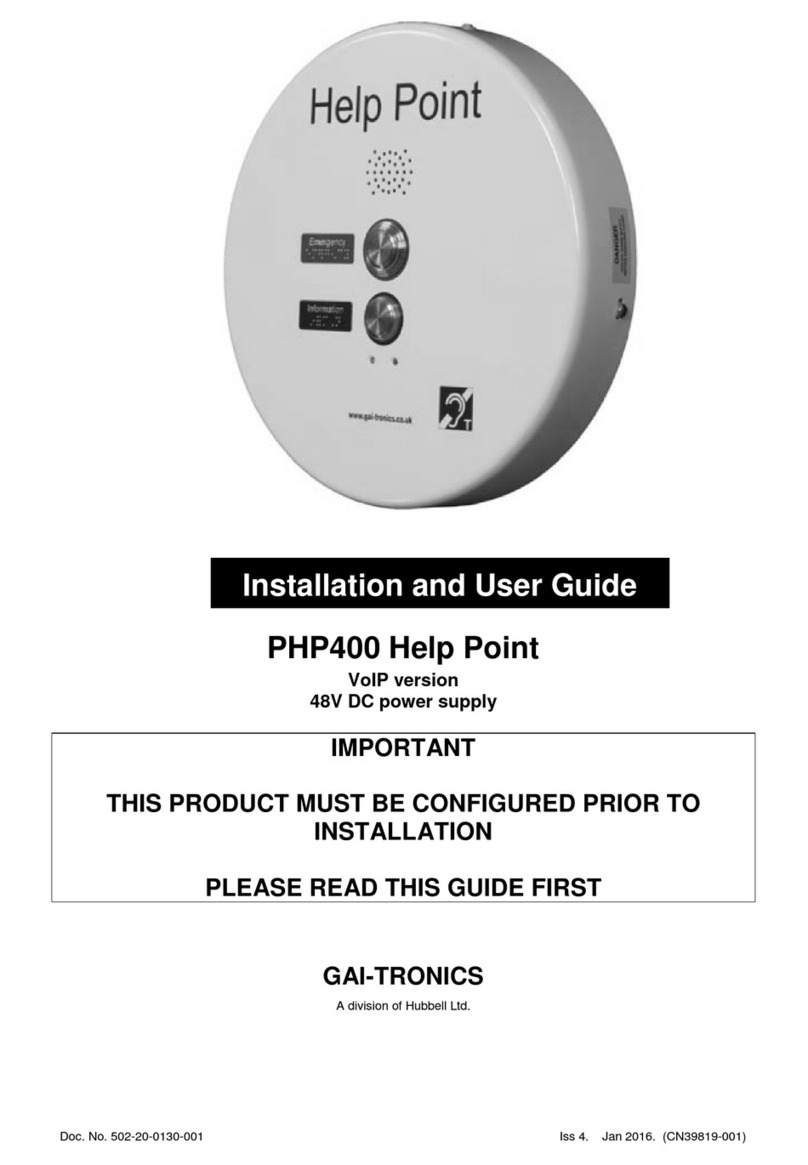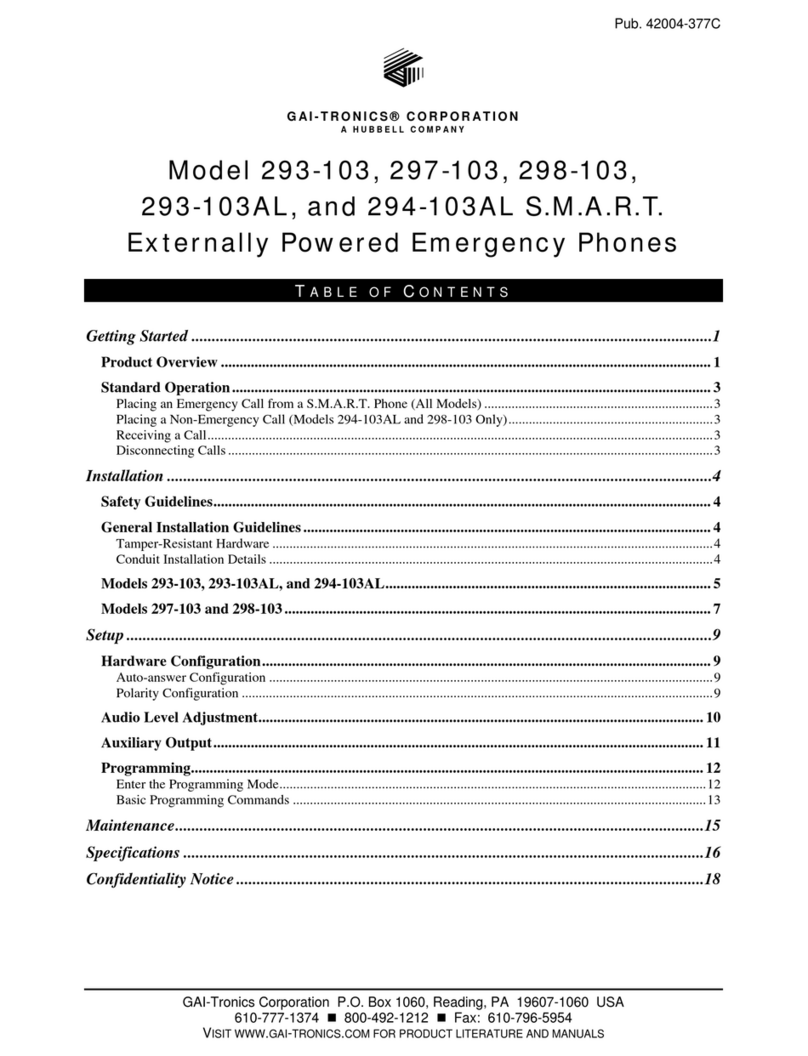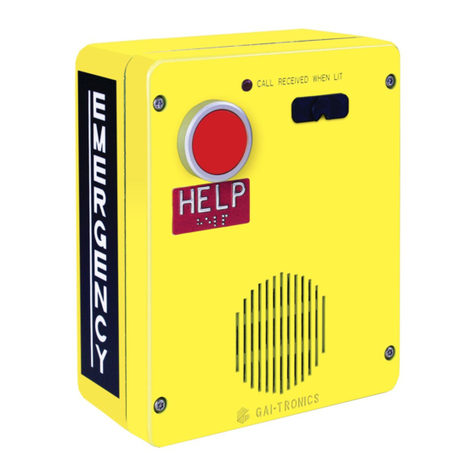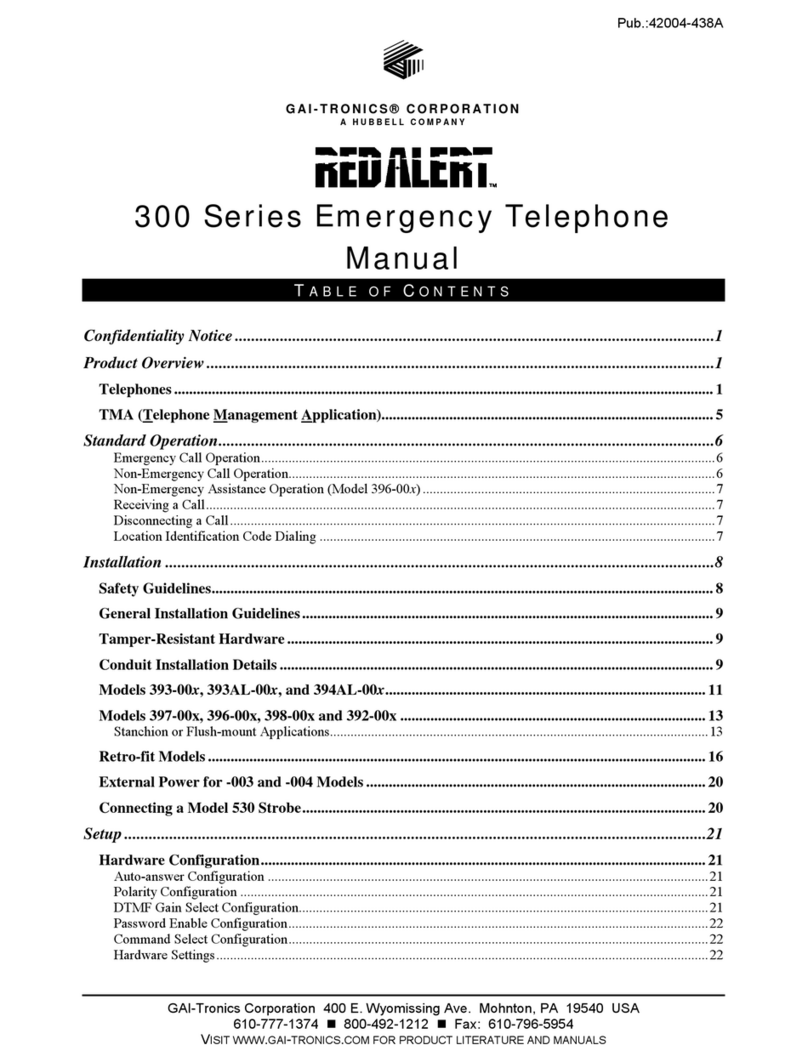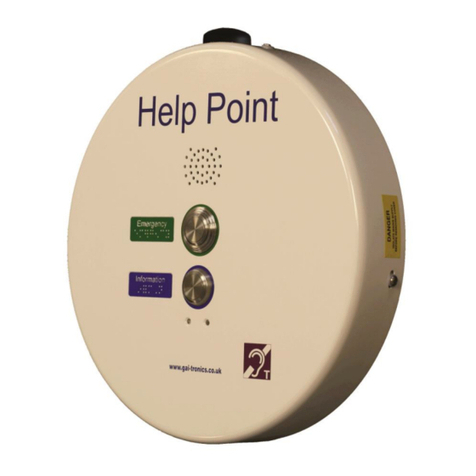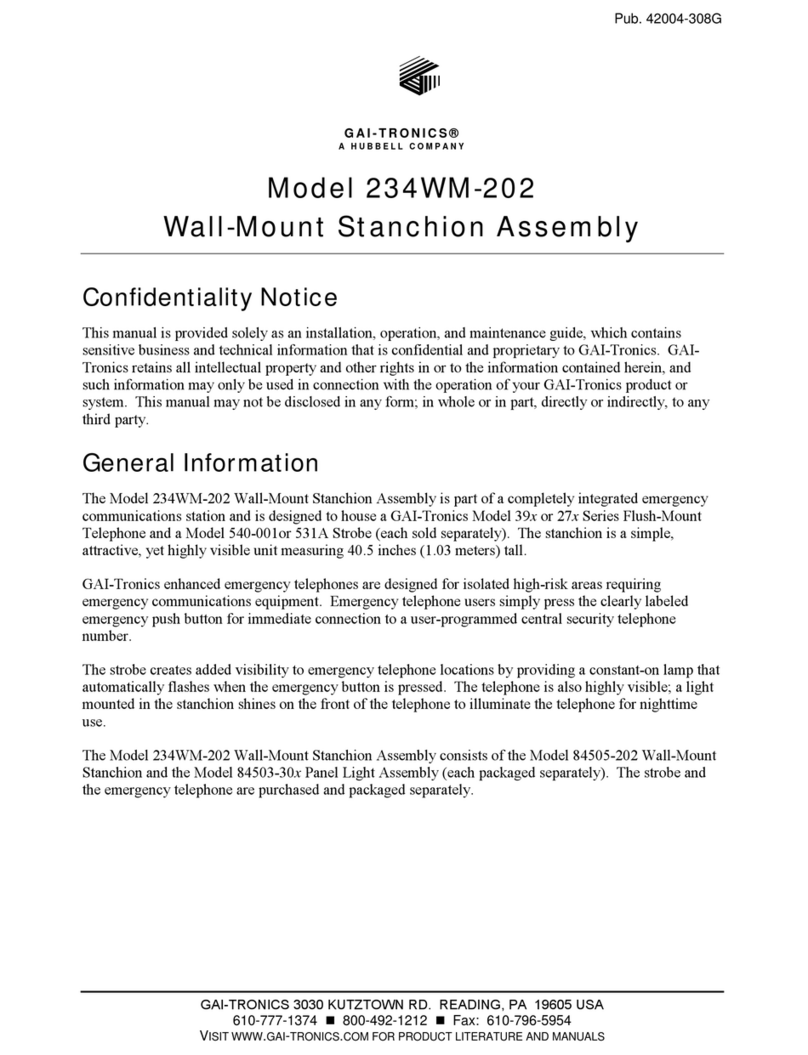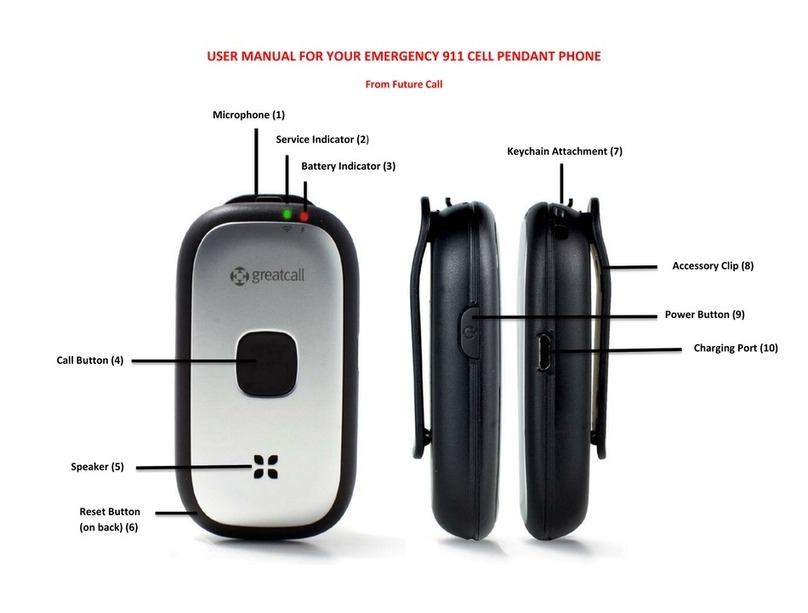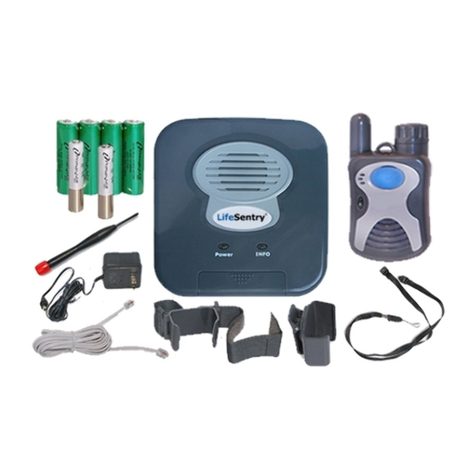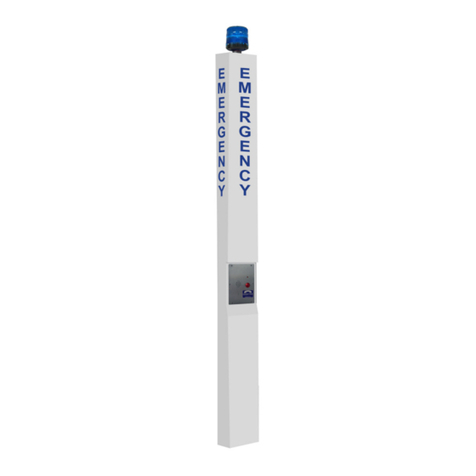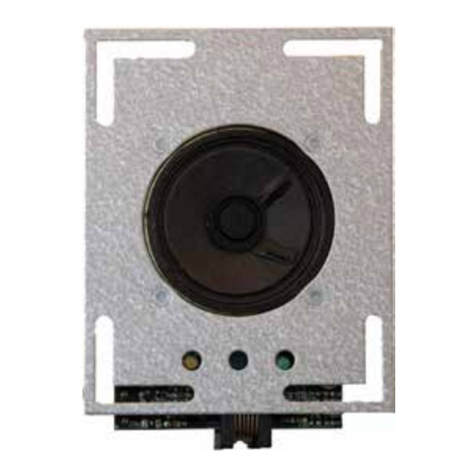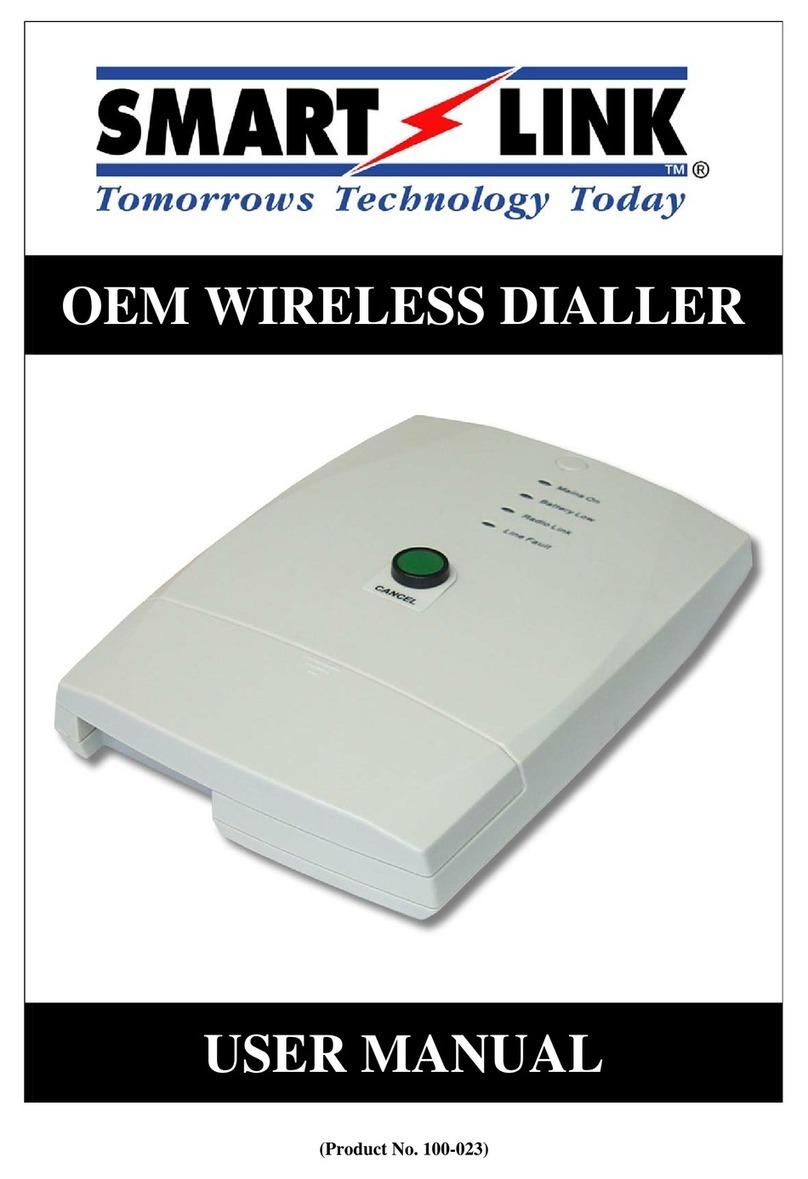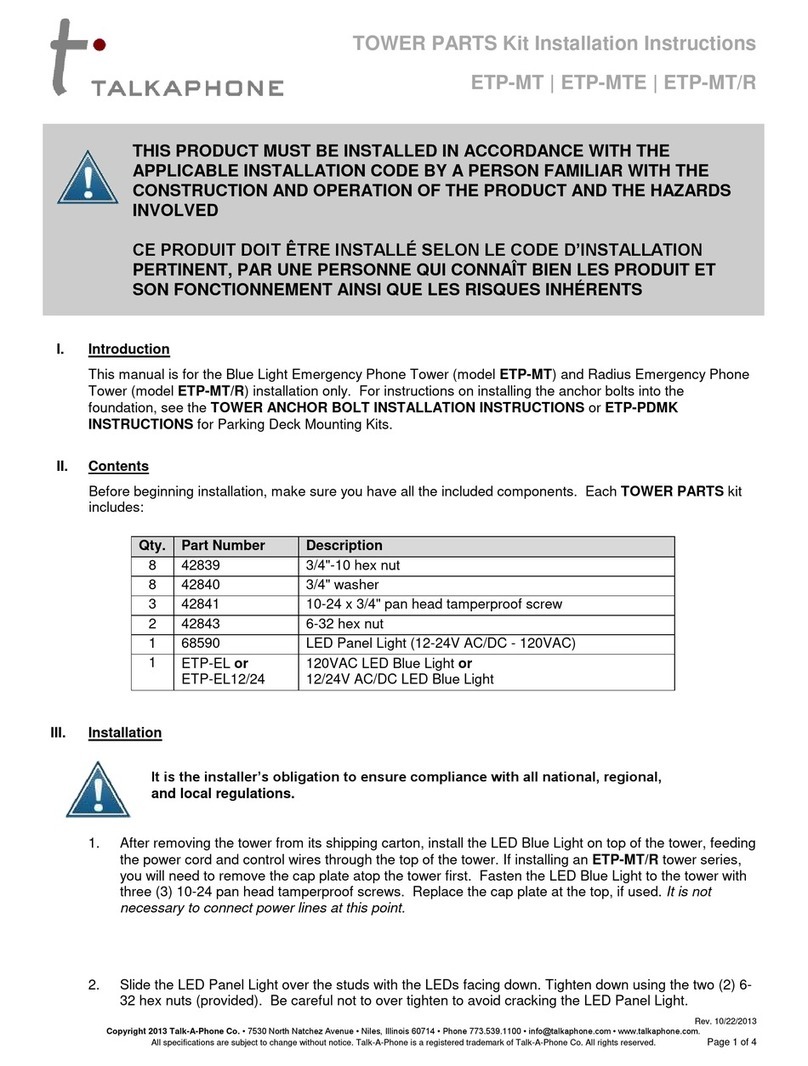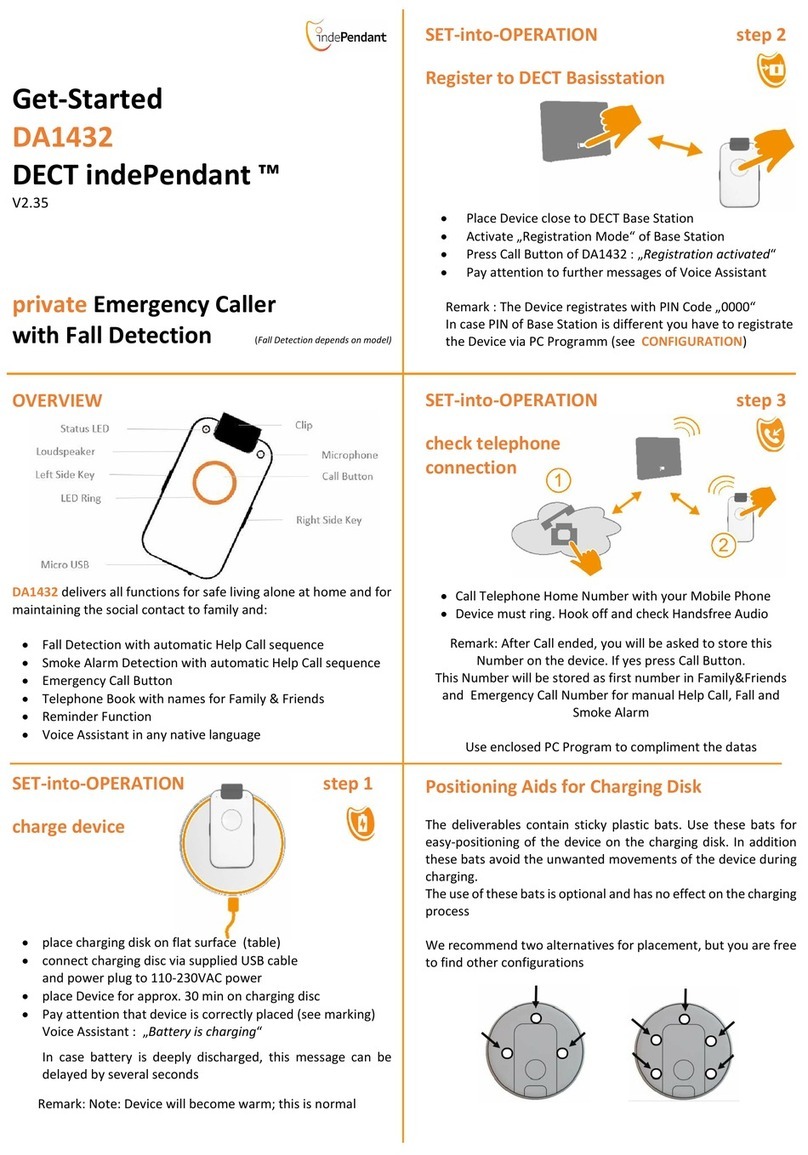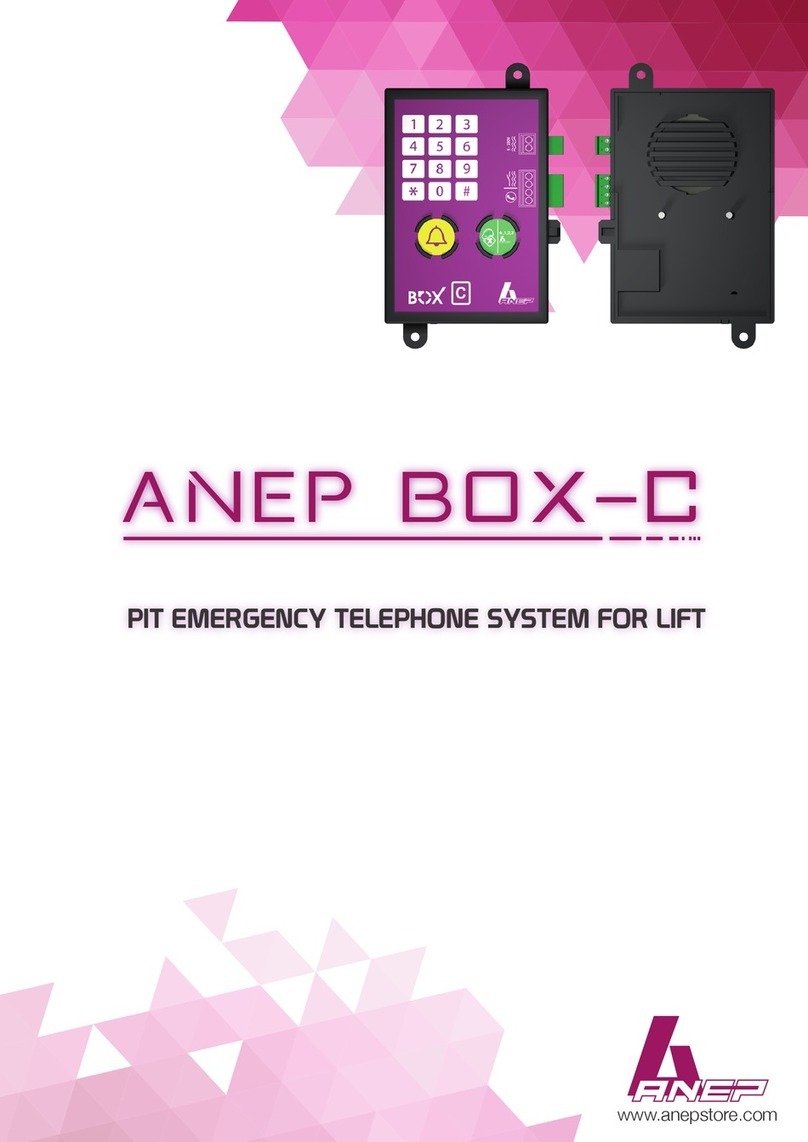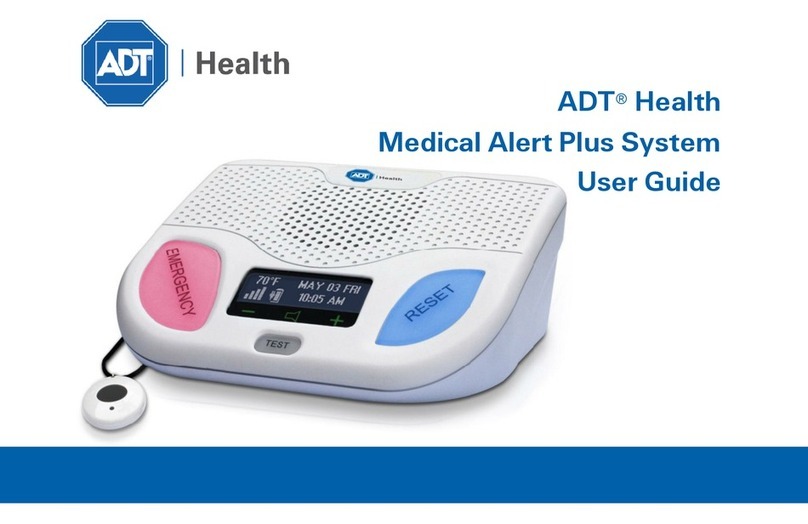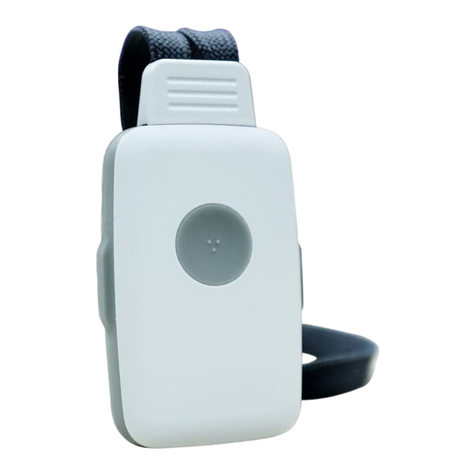PHP400 Analogue Help Point. 2
CONTENTS
1. Safety and Care Information.....................................................................................3
2. Product Description and Features ............................................................................3
3. Operation / Testing...................................................................................................4
3.1. Making a Call................................................................................................4
3.2. Answering calls.............................................................................................4
3.3. Ending the Call .............................................................................................4
3.4. Call timer ......................................................................................................5
3.5. Semi Duplex Operation.................................................................................5
4. SMART features.......................................................................................................5
5. Installation and dimensions ......................................................................................6
5.1. General.........................................................................................................6
5.2. Units dimensions and weight ........................................................................6
5.3. Site requirements..........................................................................................6
5.4. Opening the Unit...........................................................................................6
5.5. Installation method........................................................................................7
6. Connections .............................................................................................................8
6.1. Connections between Front and Rear Sections............................................8
6.2. Power connections........................................................................................8
6.3. Earth connections.........................................................................................8
6.4. Telephone Module Connections....................................................................9
6.5. Internal power connections...........................................................................9
6.6. Relay outputs................................................................................................9
6.7. Optional external inputs ..............................................................................10
7. Programming and Option Settings..........................................................................11
7.1. Quick Programming Guide (using a tone phone).........................................11
7.2. Further programming options......................................................................12
7.3. TMA............................................................................................................13
8. Induction Loop Amplifier.........................................................................................13
9. Cleaning.................................................................................................................13
9.1. Normal Cleaning.........................................................................................13
9.2. Stainless Steel Push-buttons......................................................................13
9.3. Graffiti.........................................................................................................13
9.4. Anti-Graffiti Coating.....................................................................................13
10. Aftercare.................................................................................................................14
11. Repairs and Spare Parts. .......................................................................................14
12. Technical Specifications.........................................................................................15
13. CE Declaration.......................................................................................................18
